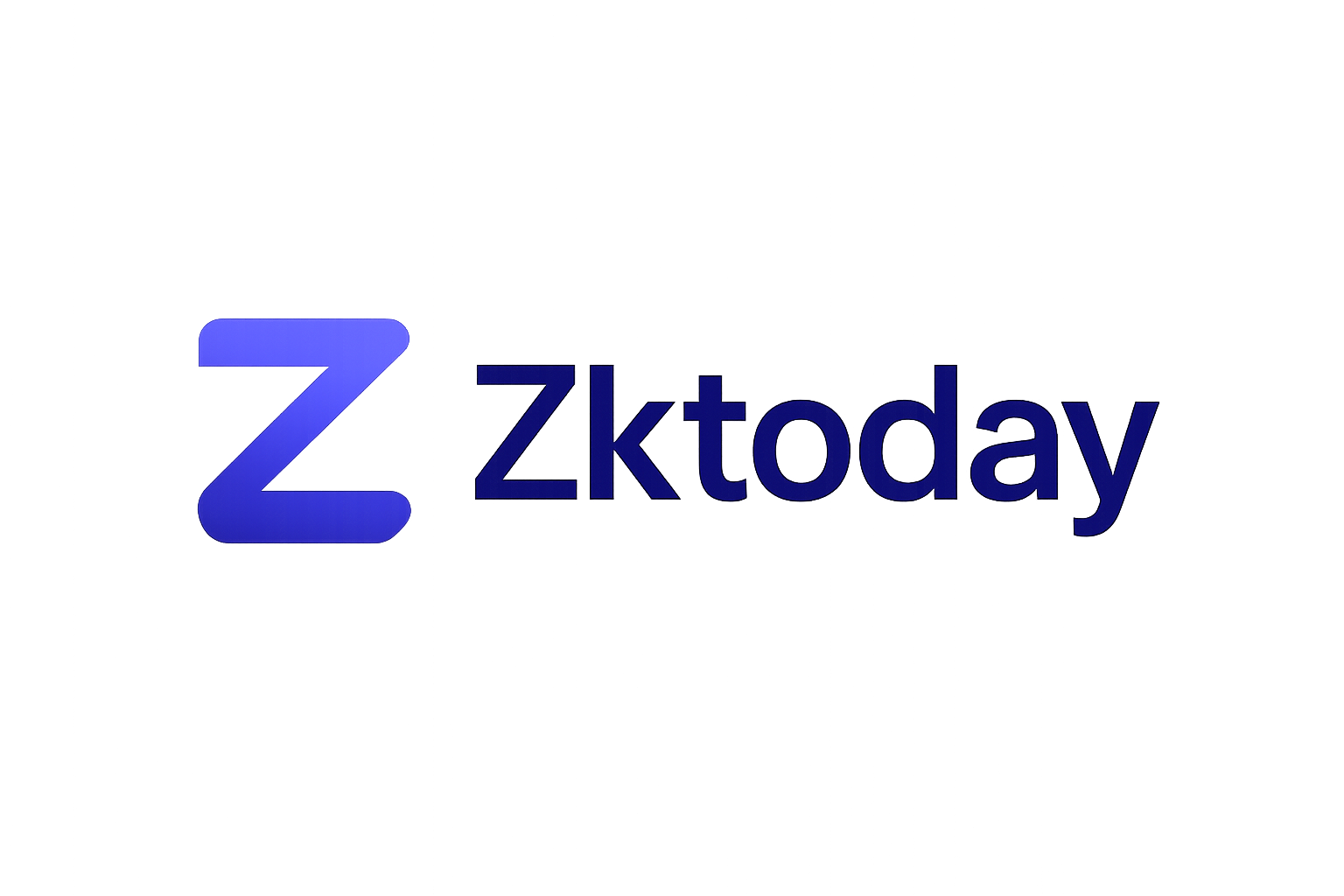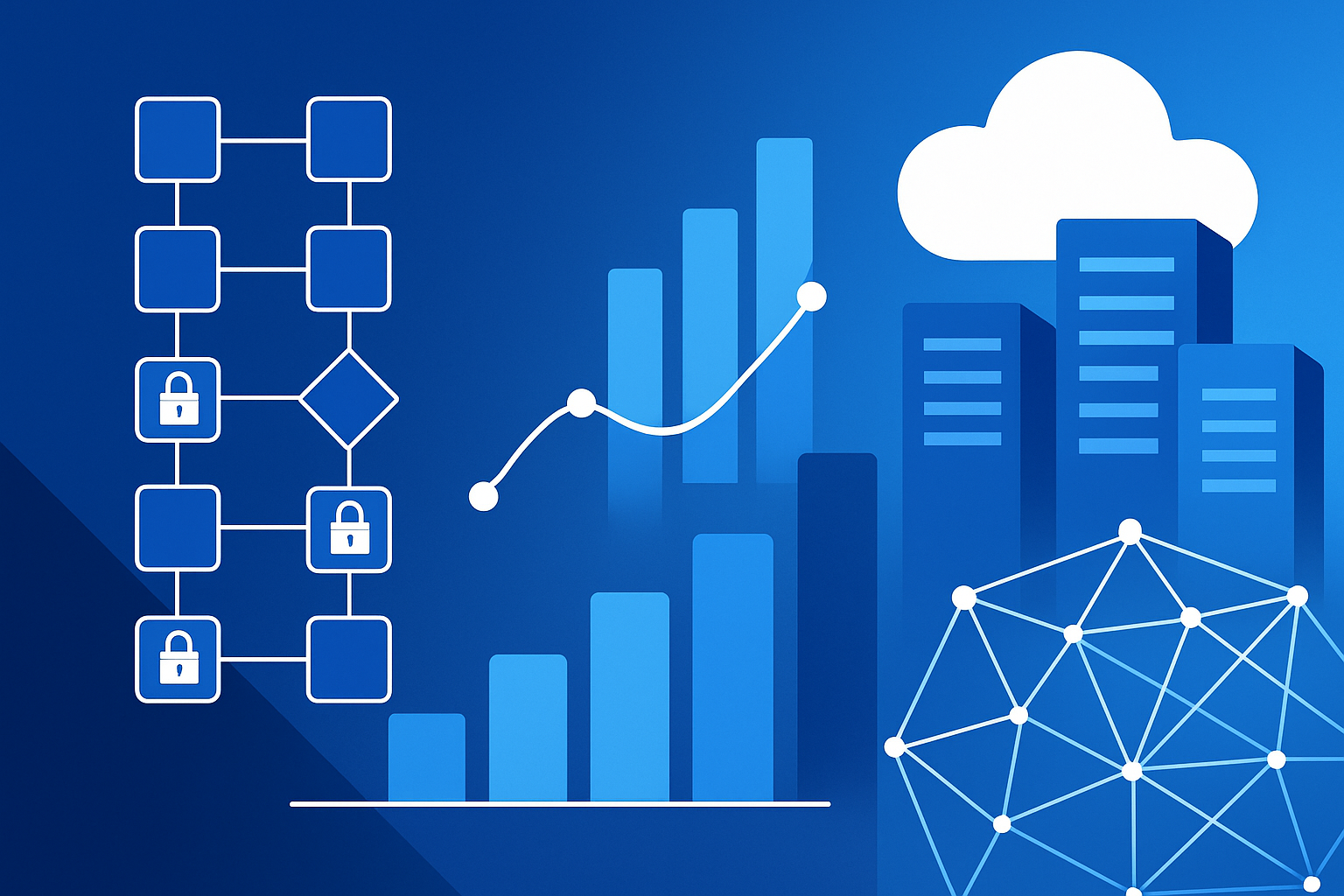
Ethereum’s ongoing scaling challenge is at a pivotal moment. With the network processing millions of transactions and supporting a thriving DeFi and NFT ecosystem, congestion and high gas fees remain persistent obstacles. At the current price of $3,870.33, Ethereum’s value reflects both its dominance and the urgent need for more scalable infrastructure. Enter ZK rollups: advanced Layer 2 solutions leveraging zero-knowledge proofs to deliver massive throughput gains without compromising security or decentralization.

How ZK Rollups Unleash Horizontal Scaling on Ethereum
Traditional blockchain scaling methods often focus on vertical scaling – increasing the power or efficiency of a single chain. In contrast, horizontal scaling distributes transaction processing across multiple parallel systems. For Ethereum, this means deploying numerous ZK rollup instances, each handling a unique subset of transactions or even entire application ecosystems (“appchains”). By running these rollups concurrently, the network’s aggregate capacity can surge from today’s limited throughput to tens or even hundreds of thousands of transactions per second.
The architecture is simple but powerful: each ZK rollup batches user transactions off-chain, computes a cryptographic proof (often a SNARK or STARK), and posts this succinct proof to Ethereum mainnet for verification. Only minimal data is stored on-chain – enough to ensure validity and security – while most computational work happens off-chain. This dramatically reduces mainnet congestion and gas fees while retaining Ethereum-level trust assumptions.
Real-world deployments like zkSync’s zkPorter mode are already pushing these boundaries, targeting over 100,000 TPS by combining rollups with off-chain data availability solutions. These advances are not theoretical; they are being actively benchmarked in live environments, as documented in recent technical analyses from sources like the Cryptology ePrint Archive and arXiv.
“ZK-Rollups use Zero-Knowledge Proofs for on-chain transaction verification, improving scalability and efficiency without sacrificing security. ”
– Cryptology ePrint Archive
Programmable Rollups: Smart Contracts Meet Scalability
The first generation of ZK rollups were limited to simple transfers (e. g. , payments or token swaps), restricting their utility for broader decentralized applications. The latest wave introduces programmable rollups: environments where developers can deploy smart contracts with near-Ethereum compatibility. Projects like zkSync Era, StarkNet, and Polygon zkEVM have built EVM-compatible architectures that allow Solidity contracts to run almost unchanged within their respective ZK rollup ecosystems.
This leap in programmability means that complex DeFi protocols, NFT platforms, gaming dApps, and even DAOs can migrate to Layer 2 – reaping the benefits of low fees and high speed without losing composability or developer tooling. The result is an explosion of activity across application-specific zk rollups (sometimes called “decentralized appchains”), each optimized for distinct workloads yet interoperable through shared standards.
If you want to dive deeper into how these architectures enable sub-second finality and ultra-high throughput on EVM chains, see our in-depth analysis here: How ZK Rollups Enable Sub-Second Finality and 100k TPS on EVM Chains.
The Role of Smart Sequencers in Modern ZK Rollup Infrastructure
A critical yet underappreciated component in this new paradigm is the sequencer. Sequencers are responsible for ordering incoming transactions within each rollup batch before generating the zero-knowledge proof submitted to Ethereum mainnet. While early designs relied on centralized sequencers (raising censorship concerns), recent innovations have introduced smart sequencers: entities governed by advanced algorithms or decentralized validator sets.
Smart sequencers optimize transaction ordering for fairness, minimize latency, mitigate MEV (miner extractable value) risks such as front-running attacks, and can implement mechanisms like proof-of-stake slashing to penalize malicious behavior. Some frameworks even explore shared sequencing layers across multiple rollup chains – an approach discussed in research on reducing fragmentation within multi-rollup architectures (see more here).
These architectural advances are not just technical footnotes, they are fundamentally reshaping how Ethereum’s ecosystem scales and evolves. The interplay between smart sequencers, programmable rollups, and horizontal scaling is creating a modular, resilient infrastructure where innovation can flourish without the bottlenecks of monolithic chains.
Consider the implications for decentralized finance (DeFi) and gaming: application-specific zk rollups can now operate as high-throughput appchains, each with tailored fee markets, governance models, and even custom virtual machines. By offloading execution and data availability to their own rollup environments, yet settling proofs on Ethereum mainnet, these projects gain both autonomy and security. The result is a vibrant landscape of interoperable Layer 2s, each contributing to Ethereum’s aggregate transaction capacity.
Benchmarking Performance: Real-World ZK Rollup Deployments
Recent benchmarks underscore the progress made. zkSync Era, StarkNet, and Polygon zkEVM routinely demonstrate sub-second finality for standard transactions, while zkPorter’s hybrid architecture has already approached its ambitious throughput targets in test environments. According to the latest Cryptology ePrint Archive analysis, live deployments are achieving transaction costs orders of magnitude below mainnet fees, all while maintaining robust security guarantees via zero-knowledge validity proofs.
The broader market context reinforces this momentum. With Ethereum (ETH) trading at $3,870.33, investor attention is sharply focused on networks that can deliver both scalability and composability. ZK rollups have emerged as a preferred solution not just for cost savings but also for enabling new use cases, from privacy-preserving DeFi to high-frequency NFT minting, that were previously impractical on Layer 1.
Risks and Open Questions in zk Scaling Solutions
No scaling paradigm is without tradeoffs. Horizontal scaling via multiple ZK rollups introduces new complexities around cross-rollup interoperability, data availability assumptions, and shared security models. The decentralization of sequencers remains an ongoing area of research, while proof-of-stake validator sets reduce centralization risk, they also introduce potential attack vectors if economic incentives are misaligned.
Moreover, as more decentralized appchains launch atop programmable rollups, questions arise about liquidity fragmentation and composability across siloed Layer 2s. Shared sequencing frameworks may offer a solution by coordinating transaction ordering across many chains, but their efficacy in production remains to be fully proven (explore multi-rollup architectures here).

The Road Ahead for Ethereum Rollup Infrastructure
The rapid evolution of zk scaling solutions signals a new chapter for Ethereum infrastructure. As programmable rollups mature and smart sequencers become more decentralized, the boundaries between individual appchains blur, enabling seamless user experiences across diverse applications while preserving the core values of trustlessness and censorship resistance.
For developers and investors alike, staying informed about these breakthroughs is critical. Whether you’re building DeFi protocols or evaluating next-generation appchains for investment opportunities, understanding how ZK rollups enable horizontal scaling, and how smart sequencers underpin this transformation, will be key to navigating Ethereum’s future landscape.






